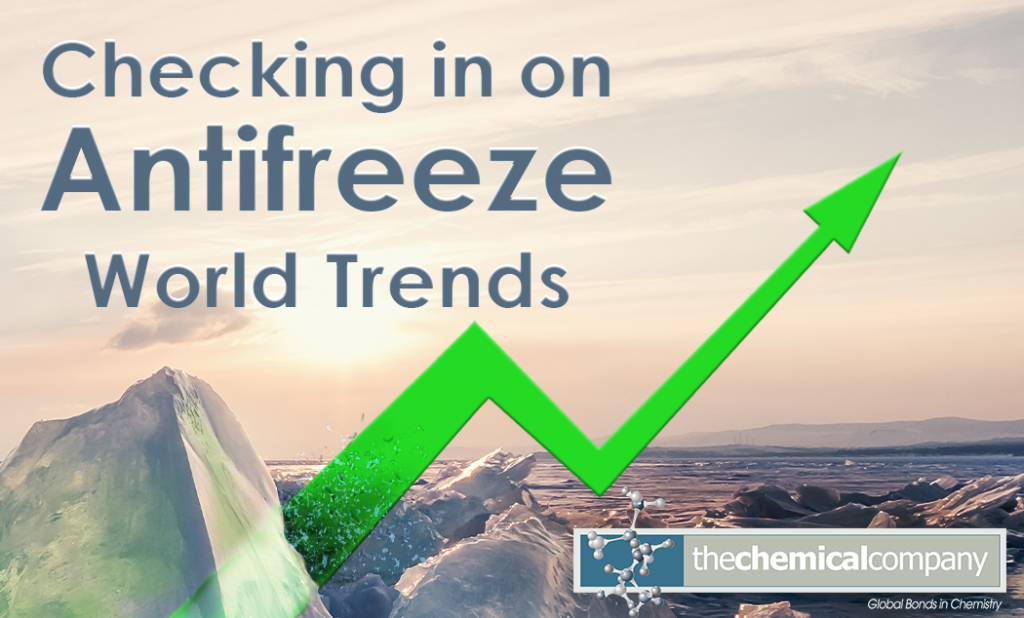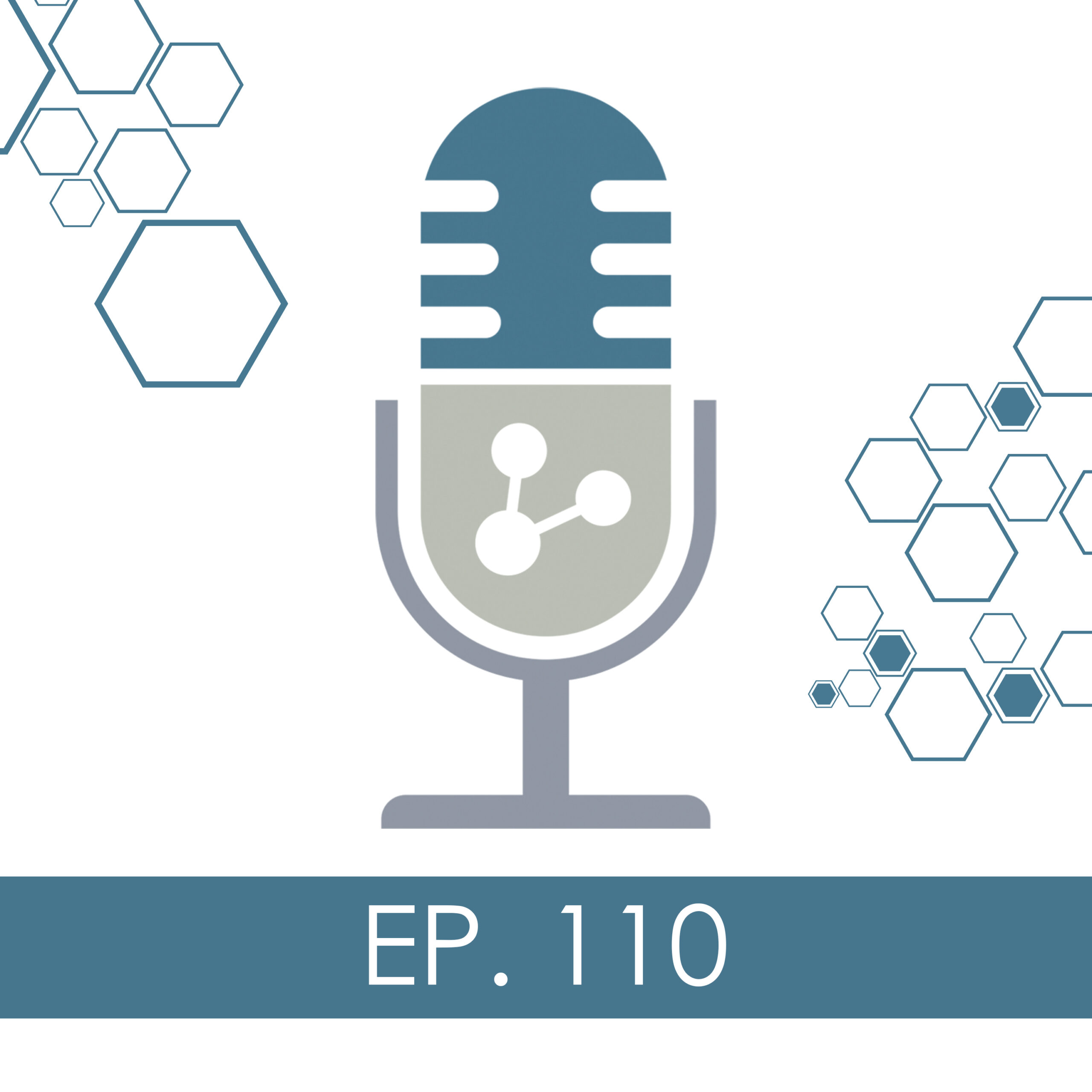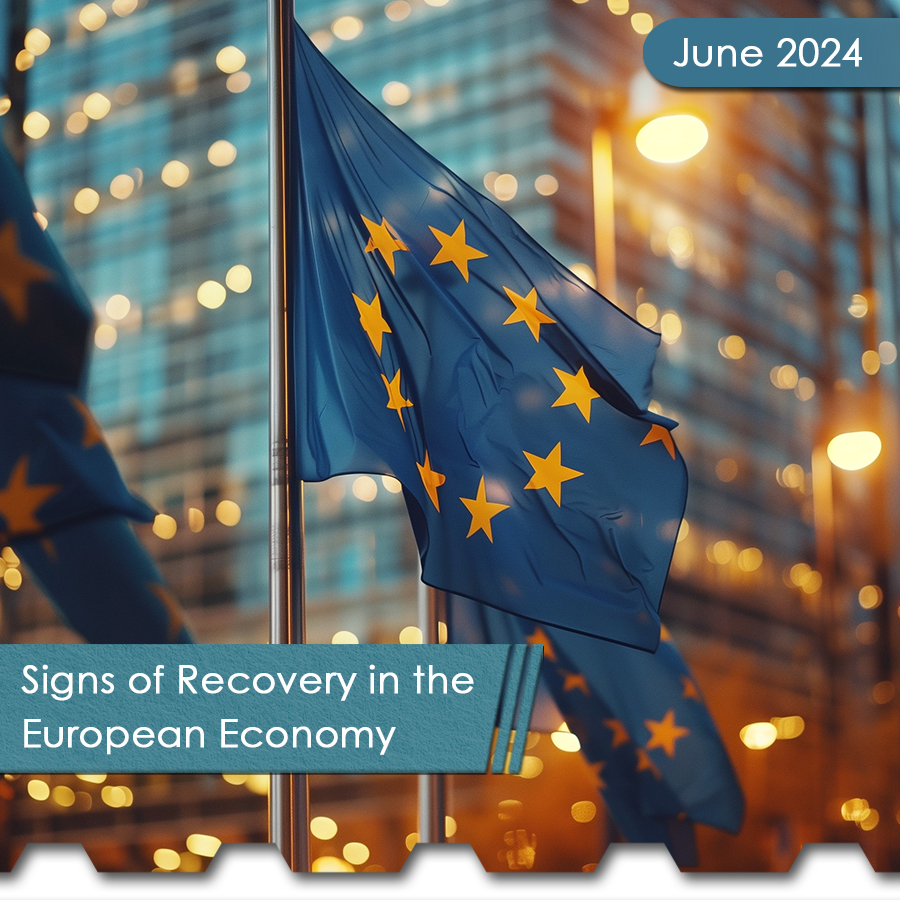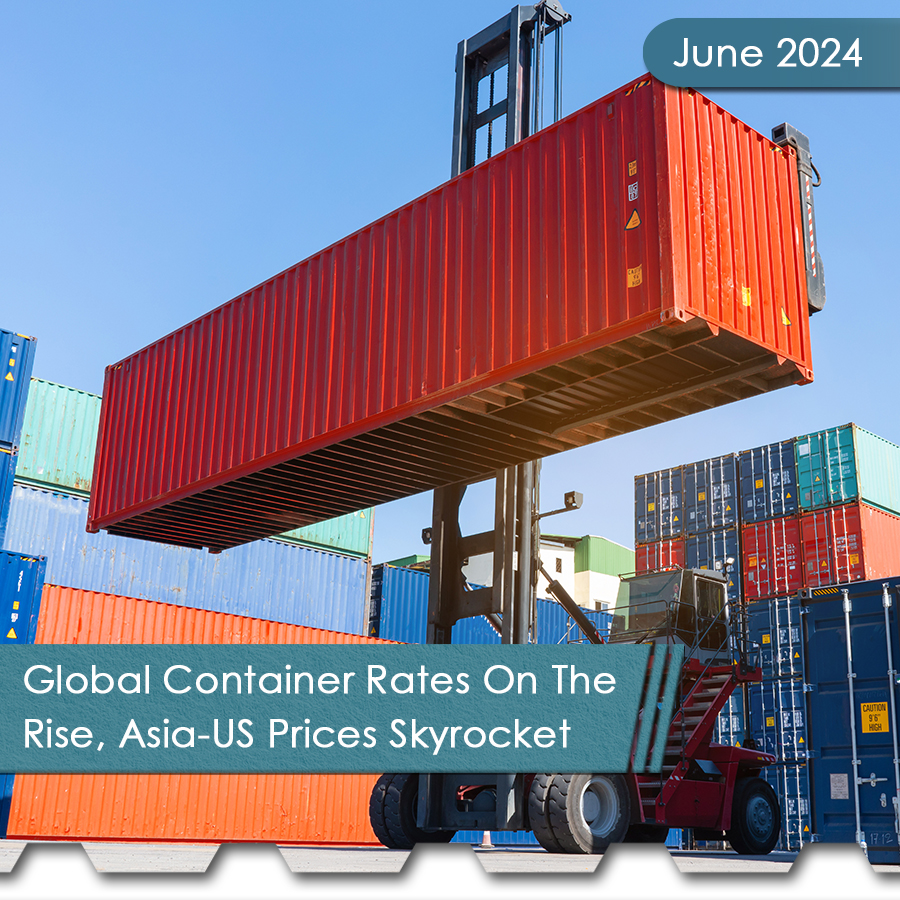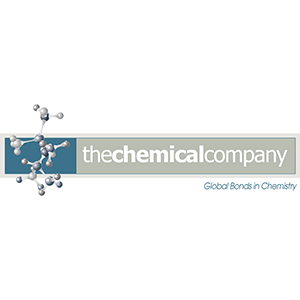Antifreeze boasts numerous industrial applications, from combustion engine temperature regulation to heating, ventilation and air conditioning refrigeration. Businesses across numerous sectors rely upon the compound due to its plain yet versatile chemical framework. However, this simplicity does not translate to the marketplace, where numerous developments are reshaping the antifreeze arena. That said, the total effect of these changes is positive, as the global market for the substance is growing at an accelerated rate and expected to surpass the $8.7 billion mark by 2025, according to data from Grand View Research. Exactly which factors are fueling this expansion? Here are some of the most important trends:
Increased investment among automakers
Businesses in the automotive manufacturing space have always been reliable antifreeze consumers. Every single motor vehicle on the road requires the compound, after all. This historical trend lives on, as carmakers and original equipment manufacturers in the United States and abroad continue to make massive investments in antifreeze. In fact, spending from this sector is likely to increase due to rising vehicle production demands, analysts for MarketsandMarkets discovered. The International Organization of Motor Vehicle Manufacturers found that automakers worldwide produced 97 million passenger and commercial units in 2017 – the highest number ever recorded in the history of the space. Former Reuters automotive correspondent and Forbes contributor Neil Winton believes the group will publish even larger figures by the conclusion of 2018, laying the groundwork for additional growth in demand for antifreeze in the car manufacturing niche. However, this exciting development is not without complications.
Regulatory bodies such as the Environmental Protection Agency have rolled out amended industrial standards in recent years, including more stringent antifreeze disposal and recycling rules, prompting automakers to embrace sustainability on the shop floor, according to Grand View Research. Even so, larger builders like Fiat Chrysler Automotive are prioritizing more substantial materials as part of such efforts, including fluids like antifreeze, which constitute just over 4 percent of the average FCA vehicle build, are less likely to be subject to usage reductions.
OAT products continue to dominate
There are numerous antifreeze mixtures on the market, but all center on ethylene glycol or polyethylene glycol, though additives may vary. However, additives vary. Inorganic acid technology mixtures, which feature EG and have dominated the market for decades, contain phosphates and silicates that complement the various metals used in automotive cooling systems. These coolants normally last for three years or 36,000 miles. Organic acid technology solutions, on the other hand, contain PG and leverage corrosion-fighting additives and other chemicals to remain active for five years. The latter offer very obvious benefits to users and have begun to overtake their older counterparts. In fact, IAT antifreeze accounts for more than half of all blends sold and maintains the title of fastest growing product segment in the antifreeze space, according to research from MarketsandMarkets.
Global aerospace firms drive growth
In addition to businesses in the automotive sector, aerospace firms are making significant investments in antifreeze products, and are therefore driving considerable growth, analysts for Grand View Research and Global Market Insights discovered. Total commercial aircraft deliveries continue to climb due to increased demand, an overarching trend that has forced plane builders to spend more on mission-critical production components, including antifreeze, according to Deloitte. Additionally, numerous nations, including the U.S., are increasing their defense budgets, allocating extra war fighting funds that inevitably go toward the development of new combat-ready aircraft. In 2016, the latest year for which data from the Aerospace Industries Association was available, U.S.-based firms generated nearly $150 billion in revenue linked to defense projects. With further defense budget increases on the way, the aerospace sector is poised to drive traffic to suppliers of all kinds, including the makers of antifreeze.
The Chemical Company’s Products & The Antifreeze Market
The Chemical Company supplies a wide variety of products that directly or indirectly supply or impact the antifreeze industry. TCC distributes products such as Monoethylene Glycol, Diethylene Glycol, Triethylene Glycol and Methanol. For more information, click here to request product information from TCC.

